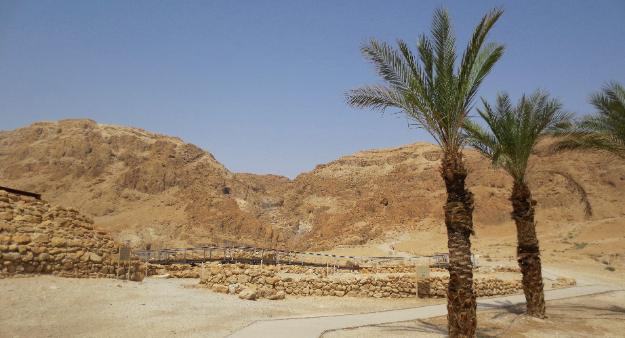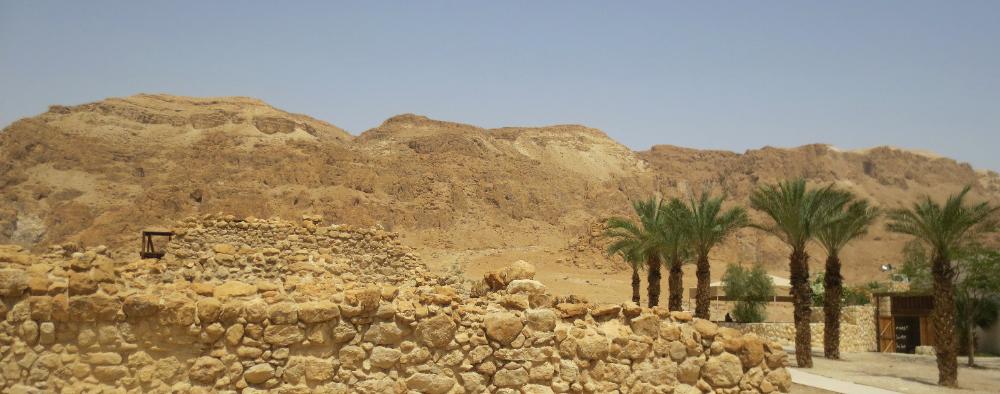
Where We Be
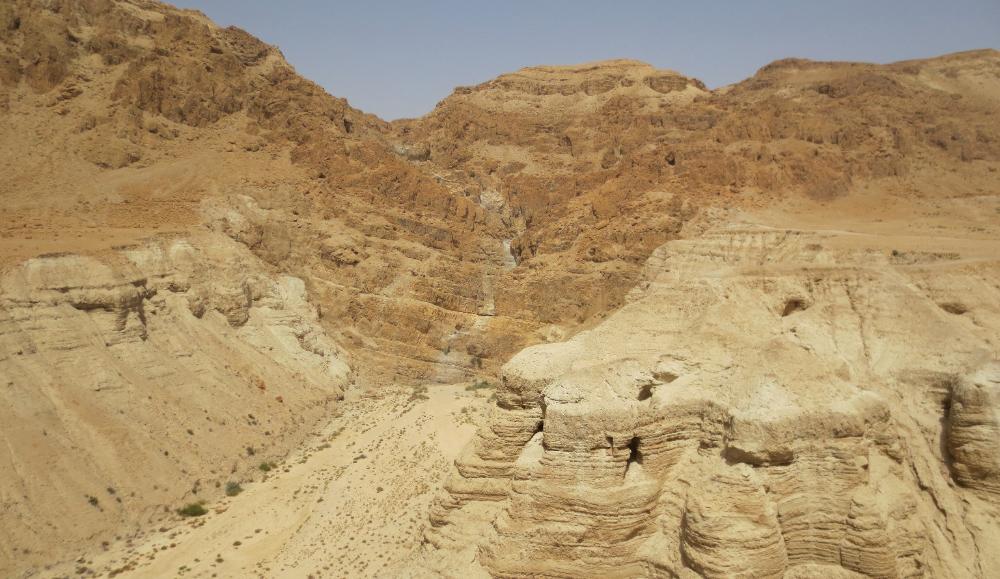
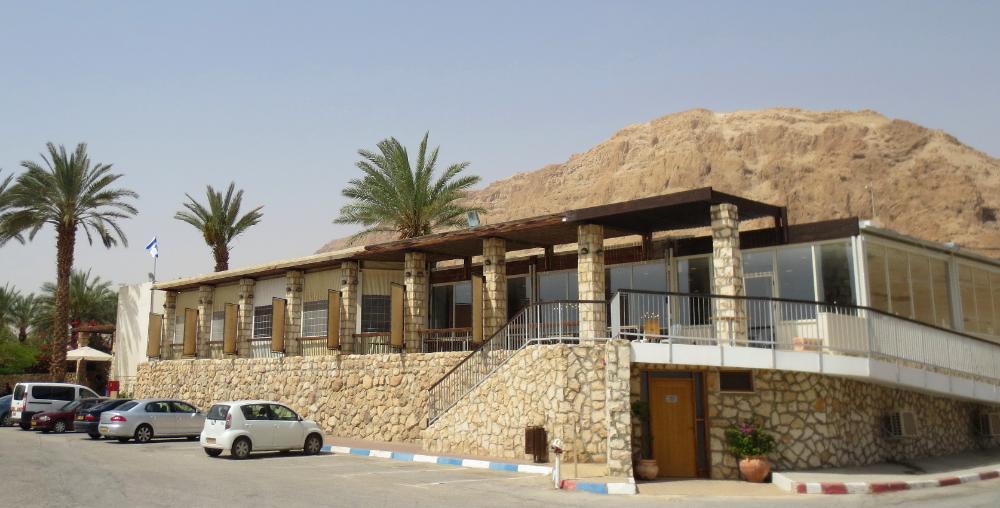
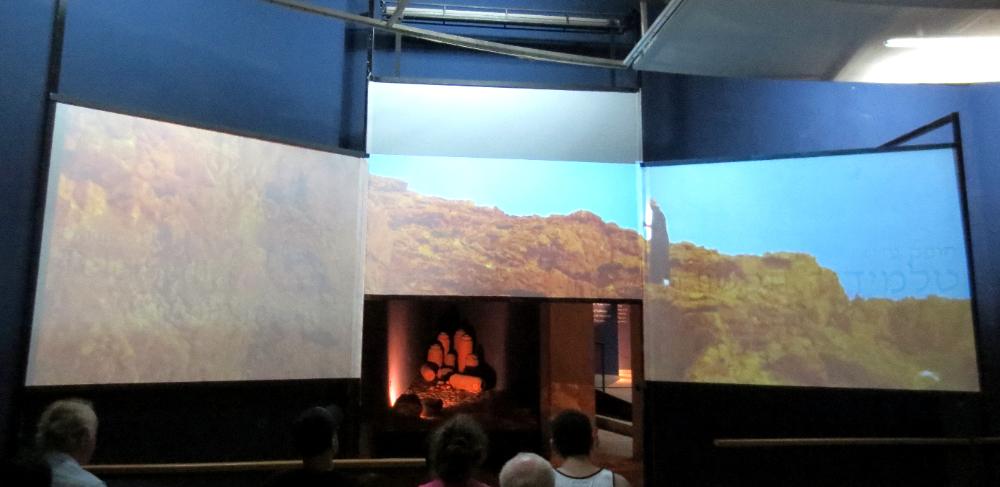
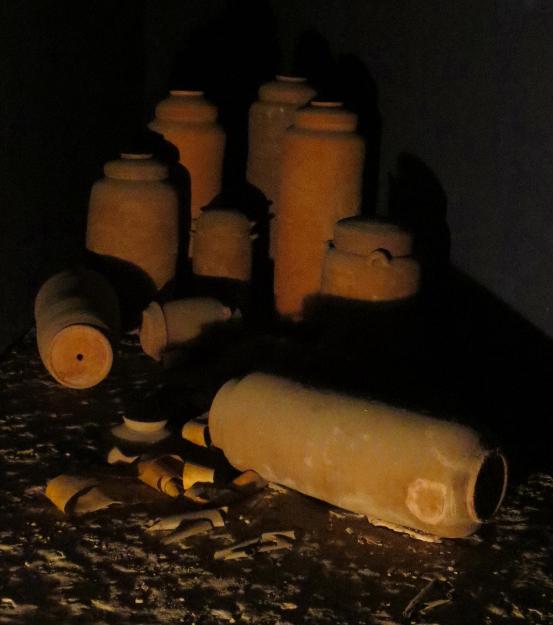
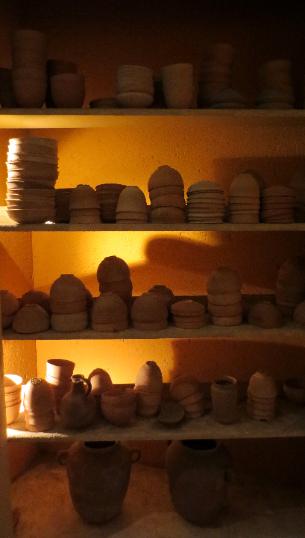
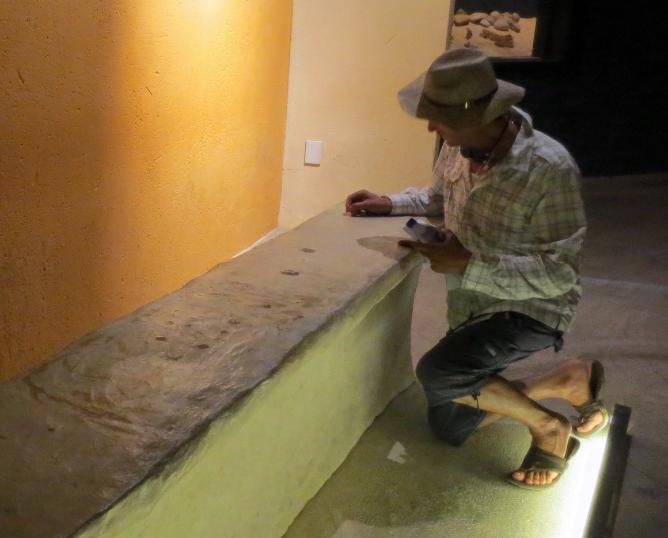
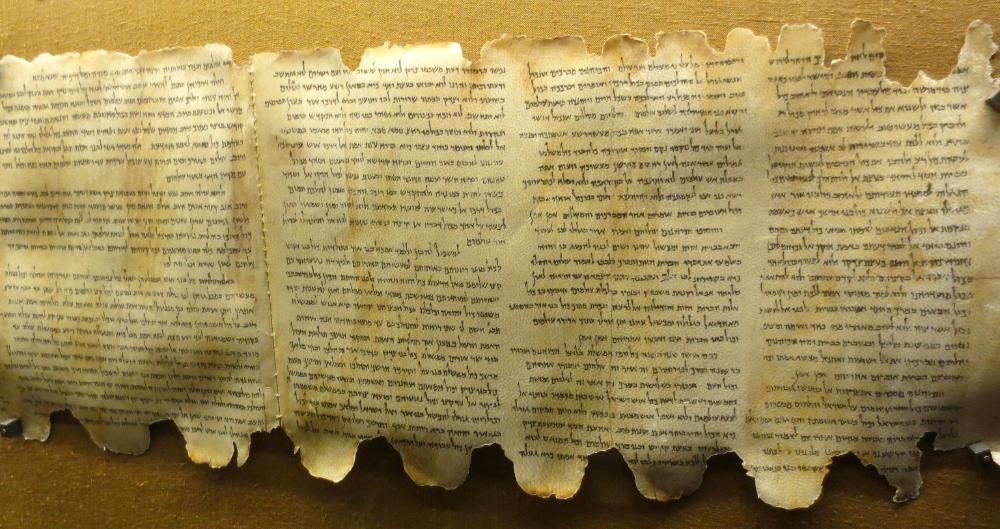
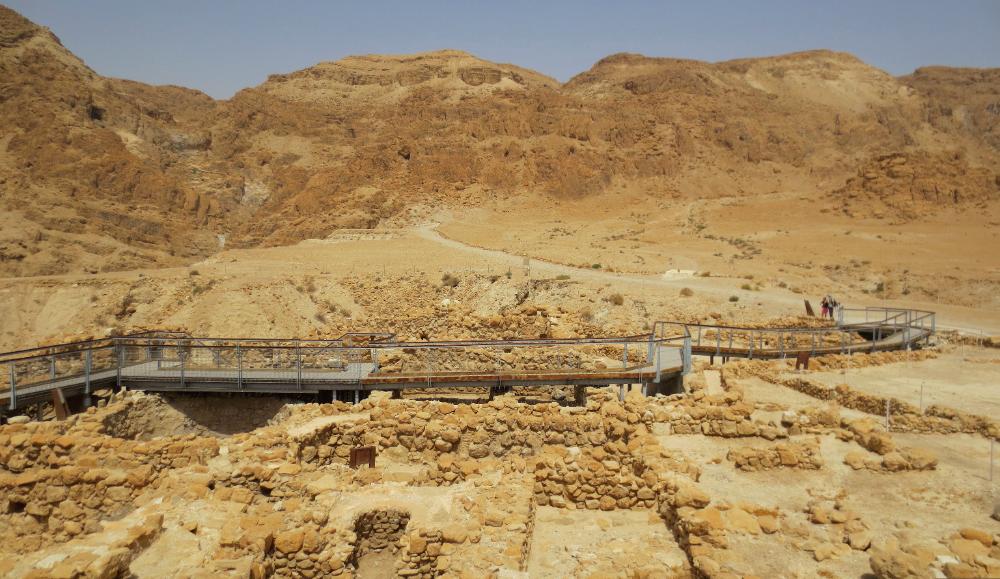
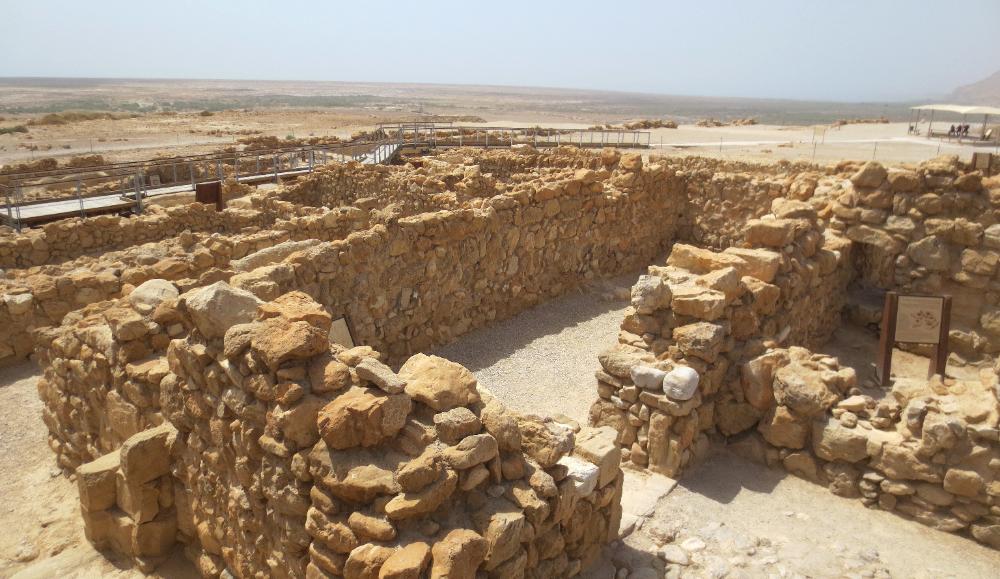
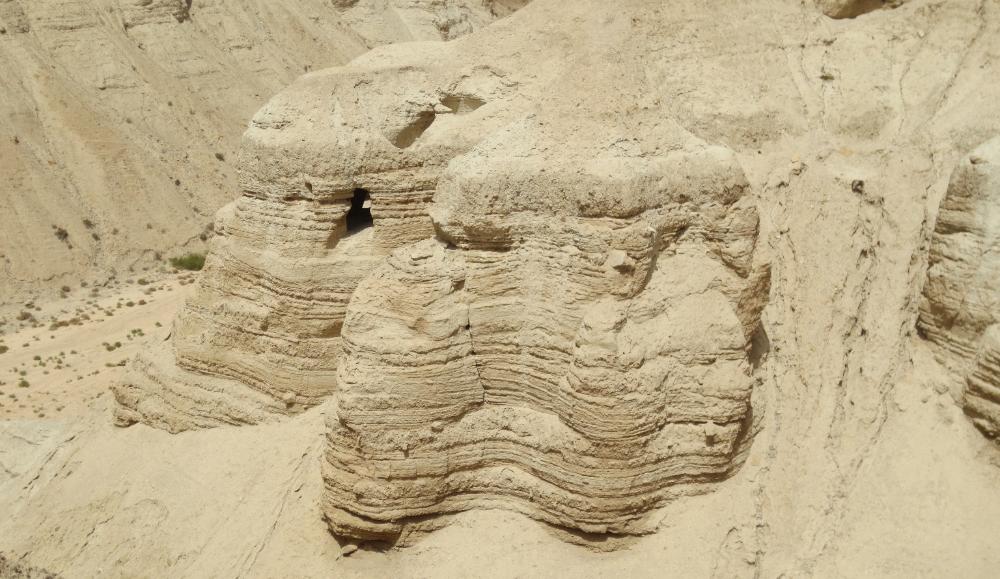

| In this remote setting, a religious sect known as the Essenes transcribed all the books of the Old Testament except Esther |
| Qumran, Israel |
| The visitor center at Qumran offers helpful exhibits about the Essenes who once called this place home |
The caves at Qumran are internationally famous
as the home of the Dead Sea Scrolls. Nearly 900
scrolls were discovered here containing every
book of the Hebrew Bible (the Old Testament)
except Esther. The find is significant because
the scrolls represent the oldest Bible ever
found. They were found by chance in 1947 when
Bedouin shepherds threw a rock into a cave
while looking for a stray goat and heard what
sounded like a jar breaking. They crawled in and
found large jars standing on the floor. Inside the
jars were folded pieces of leather. In time the
Bedouins sold seven of the scrolls to a cobbler
and antiquities dealer, who in turn sold them to
two different scholars. Eventually the scholars
realized what it was they had and the find was
backtracked to the caves at Qumran. The scrolls
were written around the time of Christ by an
isolated religious sect known as the Essenes
who stored them in the caves for safekeeping.
as the home of the Dead Sea Scrolls. Nearly 900
scrolls were discovered here containing every
book of the Hebrew Bible (the Old Testament)
except Esther. The find is significant because
the scrolls represent the oldest Bible ever
found. They were found by chance in 1947 when
Bedouin shepherds threw a rock into a cave
while looking for a stray goat and heard what
sounded like a jar breaking. They crawled in and
found large jars standing on the floor. Inside the
jars were folded pieces of leather. In time the
Bedouins sold seven of the scrolls to a cobbler
and antiquities dealer, who in turn sold them to
two different scholars. Eventually the scholars
realized what it was they had and the find was
backtracked to the caves at Qumran. The scrolls
were written around the time of Christ by an
isolated religious sect known as the Essenes
who stored them in the caves for safekeeping.
| After a short film, the center of the screen rises up and you enter the museum proper |
| Bedouin shepherds found jars like these in a cave at Qumran containing the Dead Sea Scrolls |
| Our guide kneels to show how the scrolls might have been transcribed on a writing bench in the Scriptorium |
| The discovery of the Dead Sea Scrolls has been called the greatest manuscript find of the twentieth century. While the actual scrolls are stored at the Israel Museum in Jerusalem, this is an accurate facsimile of one of the parchment scrolls at the museum in Qumran. |
| Heading into the desert heat, we visit the ruins of the actual Essene settlement. In the background are the high-up caves of Qumran. |
| Close-up of the structures that have been excavated at Qumran |
| The Essenes stored their scrolls here to keep them safe -- but if it was the End of Times, as they believed, then why store scrolls at all? It's a mystery. |
| Just ahead is Cave #4 where several hundred scrolls were found. The Essenes channeled water into their community from flash floods that surged down the ravine just left of the caves. |
| Close-up of Cave #4, an artifical cave that was cut into the cliff face long ago, most likely by the Essenes themselves |
| Extreme desert heat calls for an ice cream! |
